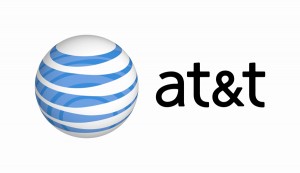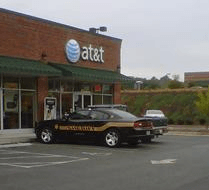 FairPoint Communications is under fire for counting customers “broadband ready” when, in fact, they can’t buy DSL service from the northern New England phone company at any price.
FairPoint Communications is under fire for counting customers “broadband ready” when, in fact, they can’t buy DSL service from the northern New England phone company at any price.
One of the commitments FairPoint made to regulators who approved their buyout of Verizon landlines in Maine, New Hampshire, and Vermont in 2007 was that the company would expand broadband availability to at least 87 percent of residents in states like Maine. In October, FairPoint claimed it had met that target, but now the Office of the Public Advocate has found instances where the phone company counted customers who live too far away from the phone company’s facilities to buy the service as “served.”
FairPoint is apparently counting most customers within a DSL-equipped exchange as reachable by broadband, even if only some of them actually are. The rest either live too far away to get proper broadband speeds, or are connected to inferior lines that will not sustain a serviceable connection.
Maine’s Public Utility Commission (PUC) is upset FairPoint seems to be padding the numbers in its favor. Maine’s Public Broadcasting Network talked with commissioners:
“I just find it hard to reconcile that it’s in the public interest to include in the definition of addressable lines, a line on which no customer can be connected and to which Fairpoint has made no planning or economic commitment to serve in the future,” said Vendean Vafiades. She, along with fellow commissioner David Littell, voted in favor of a decision which is likely to require Fairpoint to re-calculate the 87 percent figure using a stricter methodology.
“And I do believe that Fairpoint has a commitment to be economically viable in this state and to provide good quality service. And at a minimum I think Fairpoint should be required to provide actual access to meet its merger condition and obligations,” said Vafiades.
The holdout vote was that of PUC Chairman Tom Welch, who sympathized with Fairpoint on this issue.
The vote in Maine is likely to force FairPoint, which had hoped it was “all done” fulfilling broadband obligations, to spend more to upgrade its network to sufficiently service customers it promised it would.
FairPoint defends their interpretation of the numbers, noting the company has spent more than $169 million across their northern New England territories on broadband, making good on their commitment. The state’s consumer advocate and PUC disagree, so now all parties will be re-evaluating their numbers, and FairPoint customers still waiting for DSL might still have a chance to get it after all.
Maine’s Public Broadcasting Network reports on the controversy over FairPoint’s promise to serve at least 87% of Maine with broadband service. Maine’s public utility commissioners voted to ramp up the pressure on Fairpoint Communications with regard to their broadband rollout. The expansion of high-speed internet to most areas of Maine was one of the conditions of Fairpoint’s purchase of Verizon’s former landline operation in 2007. (3 minutes)
You must remain on this page to hear the clip, or you can download the clip and listen later.


 Subscribe
Subscribe







